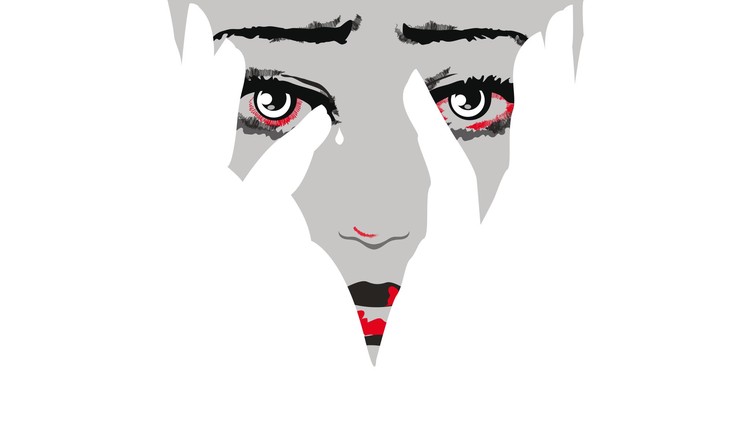What does it mean to heal after a psychotic episode? Is it just about trying to “get back to normality” and to suppress any further “psychosis” – or does something deeper need to happen?
I have written previously about how psychosis is often due to something like a revolution happening within a person – a revolution that occurs usually because the existing way the person is organized is in some manner not functioning well, or is oppressive.
It’s commonly known that just putting down a revolt and forcing a return to a prior oppressive “normality” will be unlikely to lead to long term peace and stability. Instead, there will have to be some kind of a shift or transformation in the governing system so that the conditions that led to the revolution no longer exist. Isn’t it likely that the same sort of thing applies in the case of revolt within the mind?
In 1996, Sean Blackwell had his own experience of psychosis within an apparent bipolar episode, and it seemed obvious to him that the episode was an attempt by his psyche to accomplish something quite profound. Rather than being an illness, Sean has always considered his break-down as a critical break-through in his own personal development. In 2011, he authored the book “Am I Bipolar or Waking Up?” while also producing numerous YouTube videos which explore the connection between psychotic episodes and psychological transformation. This entire creative process has led Sean to speaking with hundreds of people who have experienced psychosis which they found to be somehow meaningful.
However, modern forms of treatment don’t provide much space for people to explore altered states or “revolutionary” ways of functioning to see what might be positive in them: instead, action is taken to bring people back to some simulation of “normality” as quickly as possible. Once that happens, most people are understandably frightened of going back into an altered state, which is likely to both disrupt their life and bring on more intrusive “treatment.” Unfortunately, this can lead to being stuck in a kind of limbo state, with the person’s psyche still struggling to transform, but with the conscious mind firmly opposed to any further dangerous disruption of stability.
For years, Sean wrestled with the question of how to help people complete their healing journey in a way that would be sufficiently safe. He eventually turned to Holotropic Breathwork, which is a powerful therapeutic process originally developed in the 1970’s by Dr. Stanislav Grof and his late wife, Christina. While breathwork facilitators certified by Grof Transpersonal Training generally avoid using this method with people who have had a history of psychosis, Sean has found that for many people with such histories, holotropic breathwork can be both very effective and reasonably safe, provided that it is performed in a highly secure, private retreat setting.
In a webinar that occurred on 3/2/18, Sean shared the details of his retreat program, with a focus on how modifications to the standard holotropic breathwork format have led to increasingly positive results. Two of Sean’s clients share their experiences of healing — their shift to living a life free of both psychotic symptoms and psychiatric medications. You can watch a recording of this presentation at
Another source of information about this approach is this article from Moni Kettler which goes into detail regarding her initial healing process with Sean: https://www.madinamerica.com/2016/11/how-i-healed-bipolar-disorder/ )
It does make sense to me that we be cautious about any kind of exploratory practice that might send someone who has been “psychotic” into another “psychotic episode,” or another period of being lost and confused. But I think we should also beware the risk of trying to be too stable and “normal” after psychosis, the risk of avoiding the transformative work that might need to happen for that person. In other words, we need to avoid what Sandra Bloom calls “risky risk avoidance,” where avoiding risk at one level creates more risk at another. I applaud people like Sean, who are trying to find a balance, attending to safety issues while also finding ways for people to take reasonable risks in their development and healing.



